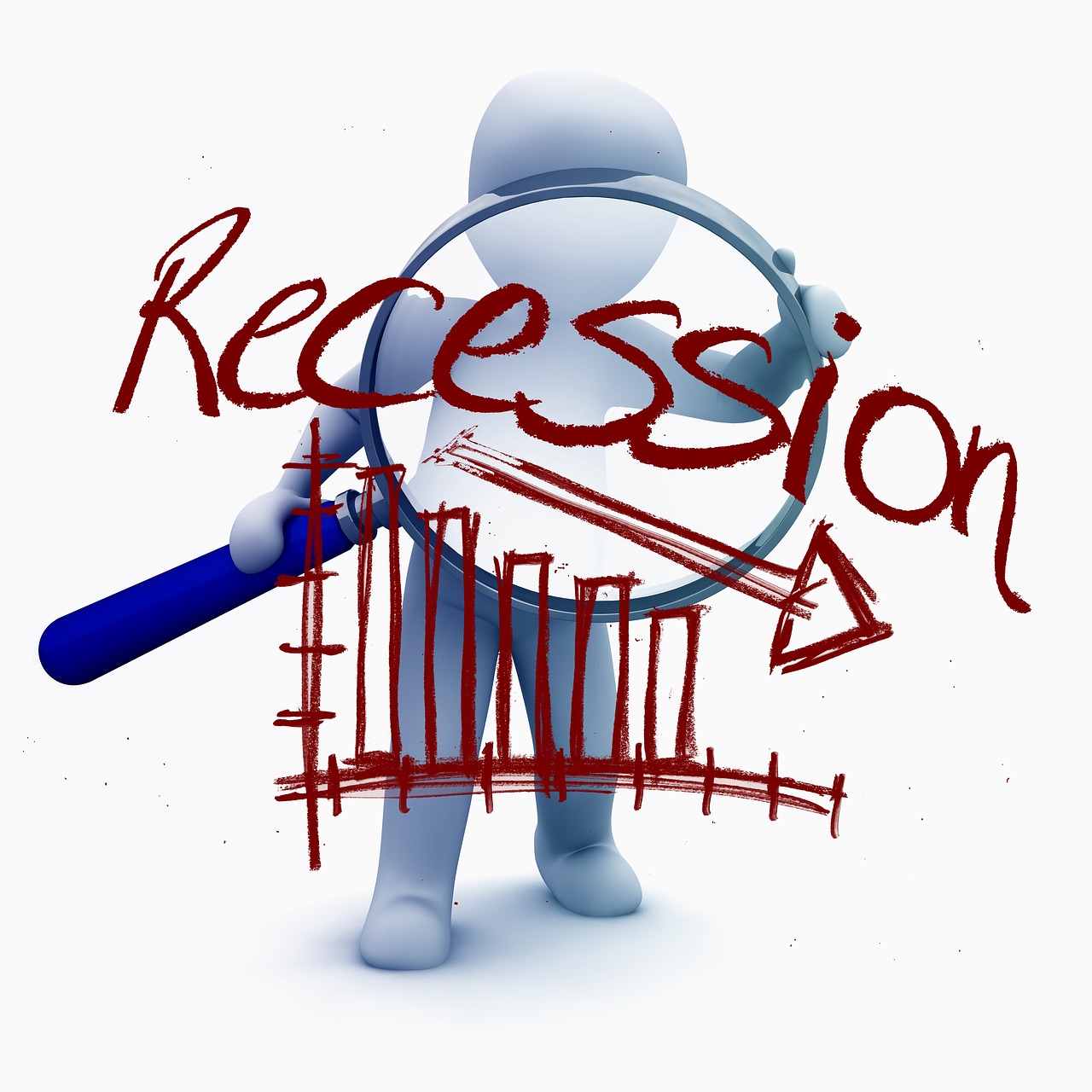On Thursday, the US stock indexes plummeted, with the rout led by some high profile tech shares. This happened after the US Federal Reserve jacked up its interest rates by the highest level since 1994 in order to combat the soaring inflation, thereby fueling worries of an economic recession.
Central Banks Could Trigger Recession
The aggressive approach of the Federal Reserve triggered a severe sell-off in the markets because it gave rise to concerns that economic growth all over the world could slow down with global central bank tightening their policies. After the 75 basis points increase from the Fed on Wednesday, the central banks of Britain and Switzerland also announced their own rate hikes on Thursday.
Some of the biggest losers were in the tech sector, including names like Tesla Inc., Microsoft Corp and Apple Inc., as investors pulled out from these growth stocks that had been leading the rally for the most part in the last two years. Market analysts said that the sell-off in the market was primarily because of the shifting stance of the central banks.
Since global central banks are turning more hawkish than expected, it is fueling concerns about a global slowdown in the economy. Experts said that banks like the Fed were deliberately trying to slowdown the economy, but this would make it harder to make the soft landing they want. It is increasing the possibility of recession by almost 50% and this is definitely not good news. Banks like Walls Fargo, Morgan Stanley and Deutsche Bank have warned of a risk of recession.
Severe Sell-off in the Markets
There has been a decline of 22.9% in the benchmark S&P 500 index since the start of the year, pushing it into bear market territory. Moreover, the S&P 500 and the Nasdaq Composite indexes also marked their 10th weekly decline recorded in the last 11 weeks. There was a 2.24% fall in the Dow Jones Industrial Average by mid-day, which is around 685.76 points and this brought it to 29,982.77.
As for the S&P 500, it had shed 3.03%, or 114.83 points to reach 3,675.16. This brought both the indexes to the lowest they have been since the start of the year. As for the tech-heavy Nasdaq Composite, it was down by 3.85%, or 427.39 points, to reach 10,671.77. There was a decline in all 11 major sectors of the S&P index, with consumer discretionary and energy sectors shedding 4.4% and 4.1%, respectively.
It was a bit better for defensive sectors like consumer staples, which only lost 0.4%. In terms of banks, there was a 3.5% slide in Wells Fargo. The retail sector saw Target record losses of 1.8%, but there was a 0.8% rise in Walmart. The Wall Street fear gauge i.e. the CBOE volatility index saw a rise to 33.32 points. Decliners were more than advancers on the New York Stock Exchange and Nasdaq as well. There was just one new 52-week high on the S&P 500 index and 93 new lows.

